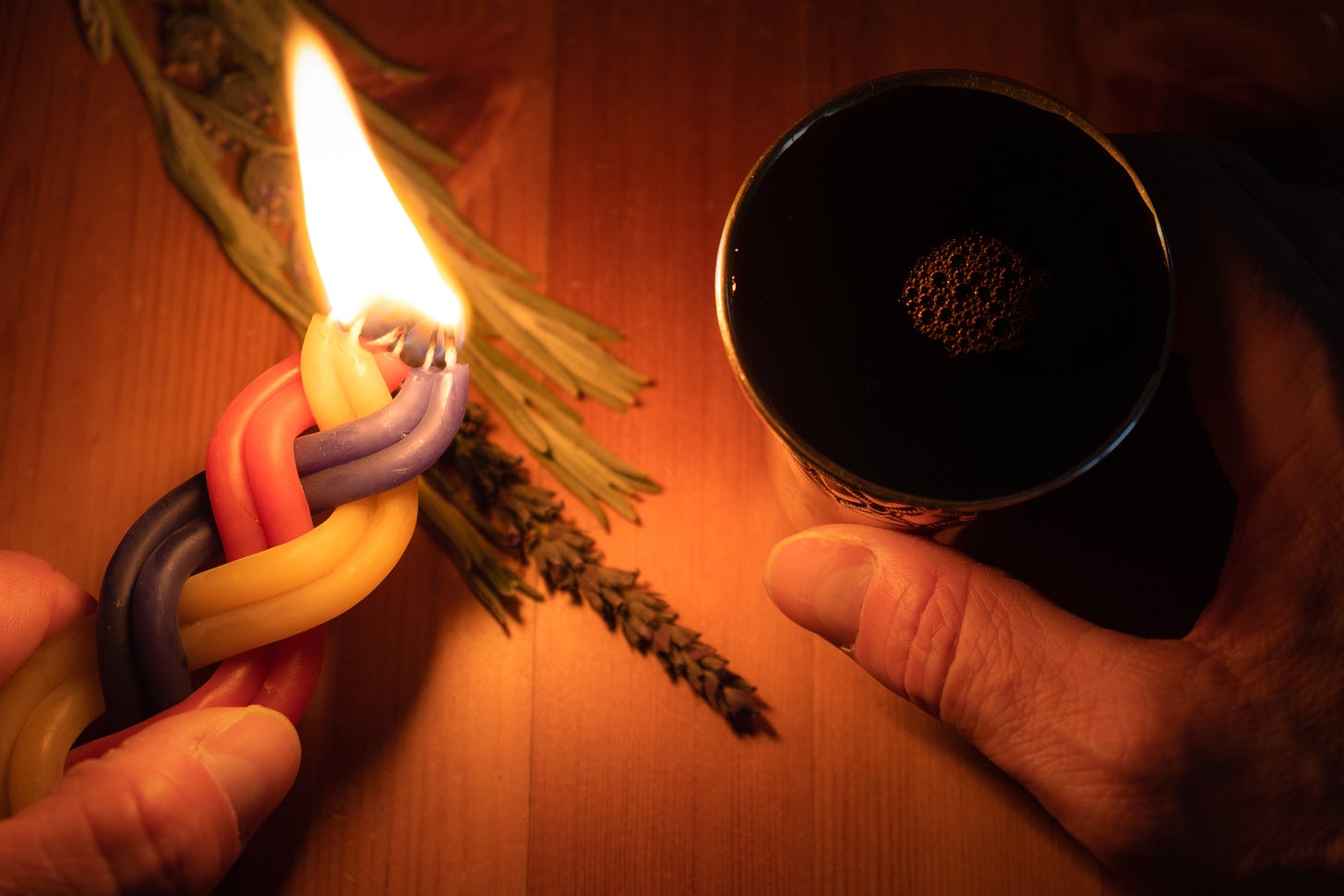Shabbos, Purim, and Beyond: A Journey Through Havdala into the Heart of Geula
What if, one week, everyone collectively decided that Shabbos was too precious to conclude? The notion of making Havdala, which is the process of parting with such a special day, could feel almost unimaginable. How could we possibly say goodbye to this day that holds such significance?
Mordechai wanted to establish Purim as a permanent Yom Tov for Klal Yisrael, but his proposal was not accepted. This decision may seem puzzling. Just as we celebrate Pesach, commemorating our deliverance from imminent extinction in Egypt, shouldn't we similarly honor Purim as a Yom Tov? After all, it marks our salvation from Haman's scheme to annihilate us.
Rav Hutner provides a compelling explanation. He suggests that had Purim been established as a Yom Tov, it would necessitate the recitation of Havdala at its end. However, the notion of doing so is inconceivable—we simply would not be able to bring ourselves to formally conclude such a significant day. This, according to Rav Hutner, is the reason Puri…




